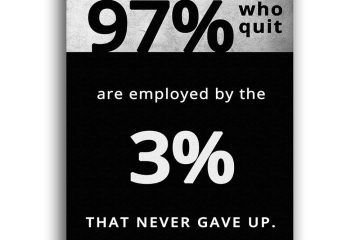Understanding Chlorinated Chicken: Controversy and Implications
Introduction to Chlorinated Chicken
The term ‘chlorinated chicken’ refers to poultry that has been treated with a chlorine solution to kill bacteria and enhance food safety. This method of sanitisation, while common in some countries like the United States, has sparked extensive debate in the United Kingdom regarding food safety, health standards and trade agreements, particularly in the context of Brexit.
The Process and Its Rationale
Chlorination is used as a means to reduce the risk of foodborne illnesses caused by pathogens such as Salmonella and Campylobacter, which can be prevalent in raw poultry. The practice involves immersing the chicken in a chlorine solution, effective in removing bacteria from the surface of the meat. Although there are regulations in place governing the concentration of chlorine used, critics argue that the presence of chlorine does not equate to comprehensive food safety. They emphasise that proper farming practices, animal welfare, and hygiene in processing are more effective measures.
Current Events and the UK Stance
Recently, discussions surrounding chlorinated chicken have intensified amid negotiations about future trade deals following the UK’s exit from the European Union. The UK has a strict food safety regime, which currently prohibits the importation of chlorinated chicken. However, under pressure to secure trade agreements, compromises have been suggested that may lead to a reconsideration of this ban. Prominent figures in the food industry have raised concerns about loosening such standards, warning that it could undermine public health and consumer confidence in food quality.
Public Sentiment and Future Implications
Public opinion in the UK remains largely against the acceptance of chlorinated chicken, with surveys indicating that a significant majority of consumers oppose its importation. The potential introduction of chlorinated chicken into the UK market raises questions about the future of food safety standards and consumer rights. Advocacy groups are urging the government to maintain high food quality regulations and to ensure that people are informed about what they are consuming.
Conclusion: The Way Forward
As discussions about trade negotiations and food standards continue, the fate of chlorinated chicken in the UK remains uncertain. The potential shift towards accepting such practices could have far-reaching implications for public health and consumer trust. Moving forward, it is crucial for policymakers to balance economic interests with the commitment to high food safety standards, ensuring that consumer preferences are respected while navigating the complexities of international trade.









